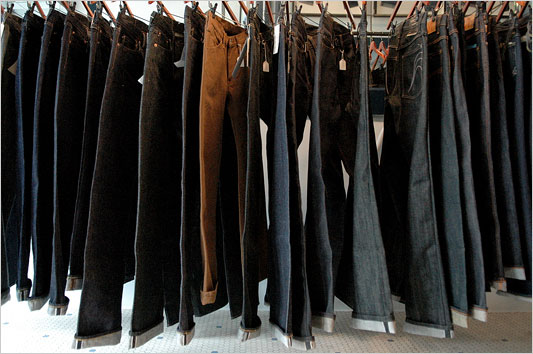
It strikes me as strange that the most uncomfortable experiences I have are usually the most favourably remembered. It's also strange that the most unremarkable events in my life are often the ones I treasure the most. Whether it's a time I've spent shivering in the cold on a hike in the mountainside, or idling away the hours of an afternoon in relative boredom, the memories gain a momentum and a sheen all of their own that feels far removed from the event itself.
Thinking of the mountainside once again, I remember the friends that were with me, and how it all felt like one big adventure. At the time. But if I think more closely about it, the reality was far from ideal: I was in a foul temper for most of it, and remember feeling the cold, wet rain seeping into my clothes, causing them to rub against my skin. In short: it was hell. But I remember it as being rather wonderful. I think of childhood fireworks displays in much the same way.
I think that this conversion effect that we have in our memory is known as nostalgia. We remember events from our past as being more positive and more comfortable than they actually were at the time. There's an appeal in the rough and the rugged, and even the cold and the wet, when it exists in a memory; but it doesn't hold quite the same grip when it's a very possible and very likely present reality.
Jeans sold on the high street use a kind of faux nostalgia as a selling point. I'm not talking about their counter-cultural nostalgic value, but something about the way they're designed for people to wear. Since the 1980s, jeans have been marketed and sold as though they have already been worn; that is to say, in certain key areas where the clothing feels the most stress, the material has been tempered and conditioned to appear as though that wear and tear has already occurred.
The knees, the back of the thighs, and the backside are the key areas on any pair of jeans where we are likely to witness the first signs of wear and tear. Now, instead of waiting for a picnic in a busy city park, or a walk along a muddy track, or a rest on a street bench abroad in the middle of summer, your jeans can bear all of the signs of these events without having to experience them. It's a perfect example of idealized nostalgia. Instead of wearing your jeans in the cold, wet weather, or hanging off a tyre-swing, or riding the bike through the mud, or falling off the garden fence, you can almost imagine or even pretend that these experiences have already happened - in the very jeans you are now wearing.
The difference, of course, is that the jeans are new. The marks, the stress, the wear and tear is all imagined. The nearest your jeans have been to a neighbour's garden wall is the counter of the shopping centre, and the only place they've ever hung is in the wardrobe.


